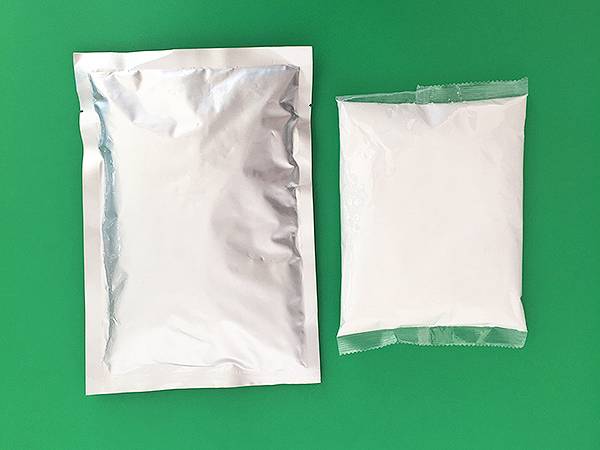



Manufacturing Process for Caustic Soda Flakes Overview and Key Steps
The Manufacturing Process of Caustic Soda Flakes
Caustic soda, also known as sodium hydroxide (NaOH), is a chemical compound widely used in various industries, including textiles, paper, soap, and cleaning products
. The production of caustic soda flakes involves several key steps, which can be understood through a detailed analysis of the manufacturing process.The primary method for producing caustic soda is through the electrolysis of sodium chloride (salt) solution, a process commonly referred to as the chlor-alkali process. This method begins with the preparation of brine, which involves dissolving highly pure sodium chloride in water to create a concentrated salt solution. This brine must undergo purification processes to remove impurities, such as calcium and magnesium, which can interfere with the electrolysis.
Once a suitable brine solution is obtained, it is subjected to electrolysis in large electrolytic cells. These cells can be of different types, including membrane, diaphragm, and mercury cell processes, each having its own advantages and operational conditions. During electrolysis, an electric current is passed through the brine solution, resulting in the separation of sodium ions (Na+) and chloride ions (Cl-). The reaction produces chlorine gas at the anode and hydrogen gas at the cathode, while the sodium ions react with water to form sodium hydroxide in solution.
caustic soda flakes manufacturing process

After the electrolysis process is complete, the resulting dilute sodium hydroxide solution, along with the chlorine and hydrogen gases, is collected. For caustic soda flakes, this solution must be concentrated. This is done by evaporating the water content, which can be achieved through heat or vacuum evaporation methods. As the water evaporates, the concentration of sodium hydroxide increases.
The concentrated sodium hydroxide solution is then cooled and crystallized to produce caustic soda flakes. During this crystallization phase, the solution is further manipulated to encourage the formation of solid flakes, which are easier to handle and transport compared to liquid forms. The flakes are typically washed to remove any impurities and then dried to reduce moisture content before packaging.
The final product, caustic soda flakes, is a white, odorless, and highly caustic material. These flakes have a wide range of applications due to their strong alkaline properties. They are instrumental in the manufacturing of soaps, detergents, and textiles, as well as in water treatment processes.
In conclusion, the manufacturing process of caustic soda flakes is a significant industrial procedure that transforms sodium chloride into a valuable chemical compound. Through the chlor-alkali process, electrolysis, concentration, and crystallization, high-quality caustic soda flakes are produced, meeting the demand across various sectors while adhering to safety and quality standards.
-
Why Sodium Persulfate Is Everywhere NowNewsJul.07,2025
-
Why Polyacrylamide Is in High DemandNewsJul.07,2025
-
Understanding Paint Chemicals and Their ApplicationsNewsJul.07,2025
-
Smart Use Of Mining ChemicalsNewsJul.07,2025
-
Practical Uses of Potassium MonopersulfateNewsJul.07,2025
-
Agrochemicals In Real FarmingNewsJul.07,2025
-
Sodium Chlorite Hot UsesNewsJul.01,2025










